Plans for the development of the PrSM missile system (USA)
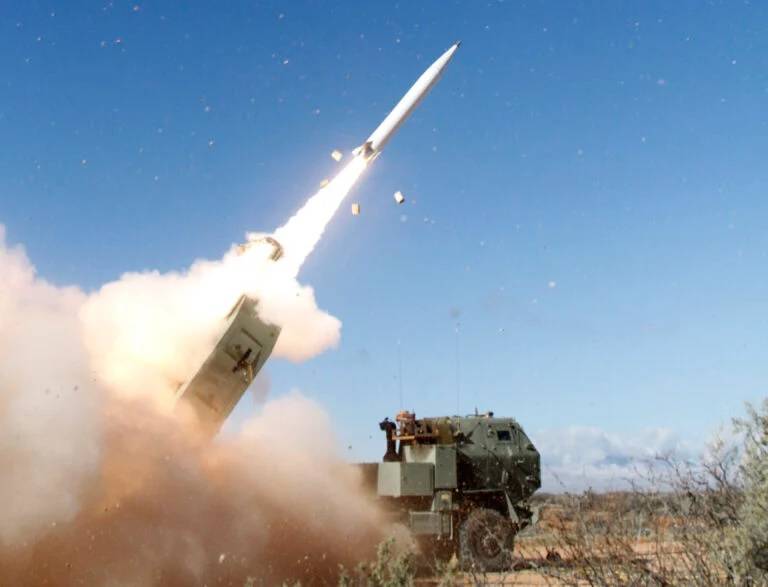
Test launch of the PrSM Increment 1 rocket, 2019
Since the middle of the last decade, the US Army and military industry have been working on a promising PrSM missile system based on the ballistic missile of the same name. With its help, in the foreseeable future, it is planned to replace the existing ATACMS systems, which are morally and physically obsolete. According to the work schedule, the first PrSM products should be delivered to the troops this year. In addition, new modifications of the rocket with certain differences are being developed.
The first stage
Since the middle of the last decade, the Pentagon has been working on a land-based missile and artillery modernization program called Long-Range Precision Fires (LRPF). The program provides for the creation of a number of new receiver and missile systems covering a wide range of firing and launch ranges.
The niche of the operational-tactical missile system in the US Army is now occupied by ATACMS systems. According to the LRPF plan, in the foreseeable future, they should give way to new complexes with improved performance. The development of such an OTRK was launched at the initiative of the Pentagon in early 2016. The project was called the Precision Strike Missile (PrSM).
Initially, Lockheed Martin, Raytheon and Boeing joined the project. The latter soon withdrew from the competition due to the availability of more important developments. The two remaining participants continued to fight until the beginning of 2020, when Raytheon, due to a series of setbacks, curtailed work. Lockheed Martin automatically became the winner of the competition, and a contract was signed for all remaining events.
Tests of the PrSM missile from Lockheed Martin began in December 2019. Since then, a number of launches have been completed, and the prototype products have confirmed the calculated characteristics. According to known data, by now the project has passed all the necessary stages and received the required permits. Now the development company is completing the preparation of the production line for the production of serial products.
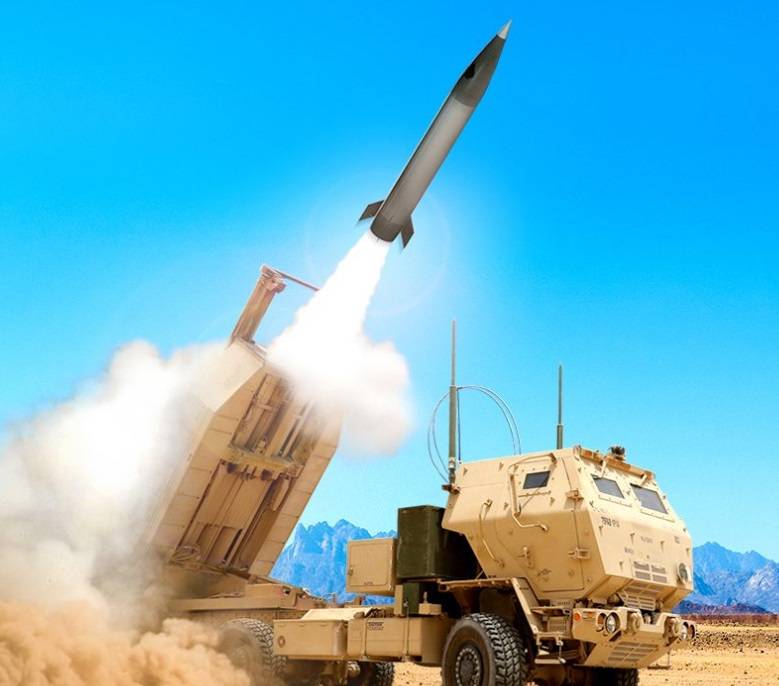
According to current plans, the first PrSM missiles will enter the combat units of the US Army this year. By the end of the year, the first unit equipped with such an OTRK will reach the state of initial operational readiness. After that, it will be brought to full readiness, and in parallel, the rearmament of other units will start.
In the face of restrictions
The goal of the PrSM program is to create a promising OTRK with a new missile with increased range and accuracy. The project provides for the creation of the rocket itself, as well as some instruments and software for control systems. The new products will be used with the existing M270 and M142 launchers after minor upgrades.
The customer and the developer initially considered the possibility of developing and subsequent modernization of the rocket with the receipt of certain new functions. Product modifications are referred to as PrSM Increment 1, 2, etc. Now the focus is on the Inc 1 project.
The PrSM project from Lockheed Martin offers a traditional rocket design. It is carried out in a cylindrical body with a conical fairing and tail rudders. Due to the limitations of launchers, the length of the rocket does not exceed 4 m, the diameter is approx. 450 mm. The M142 launcher will be able to carry one container with such a missile, the larger M270 two.
Inside the rocket body, controls, a warhead and a solid rocket engine are sequentially placed. According to known data, PrSM of the first version Inc 1 can only attack stationary targets with known coordinates. Guidance is provided by a combined system with inertial and satellite navigation. A high-explosive fragmentation warhead is used to hit the target.
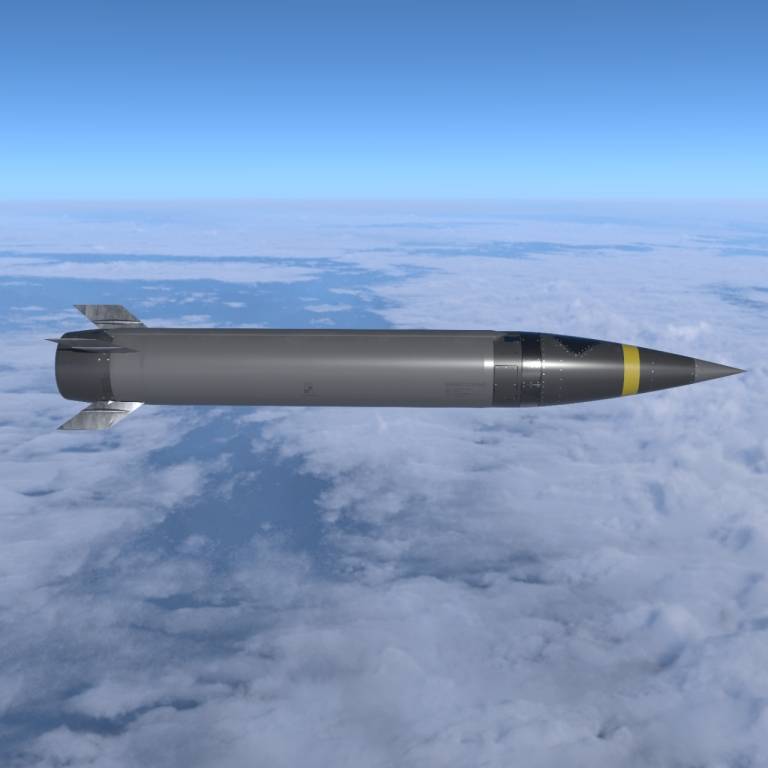
Design appearance of PrSM missiles of the first versions
The terms of reference for the first version of the PrSM missile were drawn up in the middle of the last decade, when the Russian-American Treaty on Intermediate-Range and Shorter-Range Missiles was in force. In this regard, the range of the new OTRK was limited to 500 km. However, the United States already had plans to break up this treaty, and the possibility of further increasing the range was being studied. As a result, the range of the PrSM missile is now defined as "at least 500 km."
Further development
Even before the start of testing of the PrSM Inc 1 rocket, the development of the next modification Inc 2 began. According to known data, this project has two main goals. First of all, it is planned to increase the firing range. Due to the use of a more advanced engine, this parameter will reach the level of 700-750 km.
In addition, a Land-Based Anti-Ship Missile (LBASM) homing head is being developed for PrSM Inc 2. It includes radar and infrared components, thanks to which the missile will be able to find and hit targets with unknown coordinates. It also provides a launch on moving objects, such as ships, which is noted in the name of the seeker.
Testing of the LBASM head began back in 2020. However, work on this project is not being forced so that they do not interfere with the solution of current problems. Tests of a finished missile with such a seeker will begin later. The appearance of PrSM Inc 2 products in service is expected only in 2027, when the army will master weapon first version.
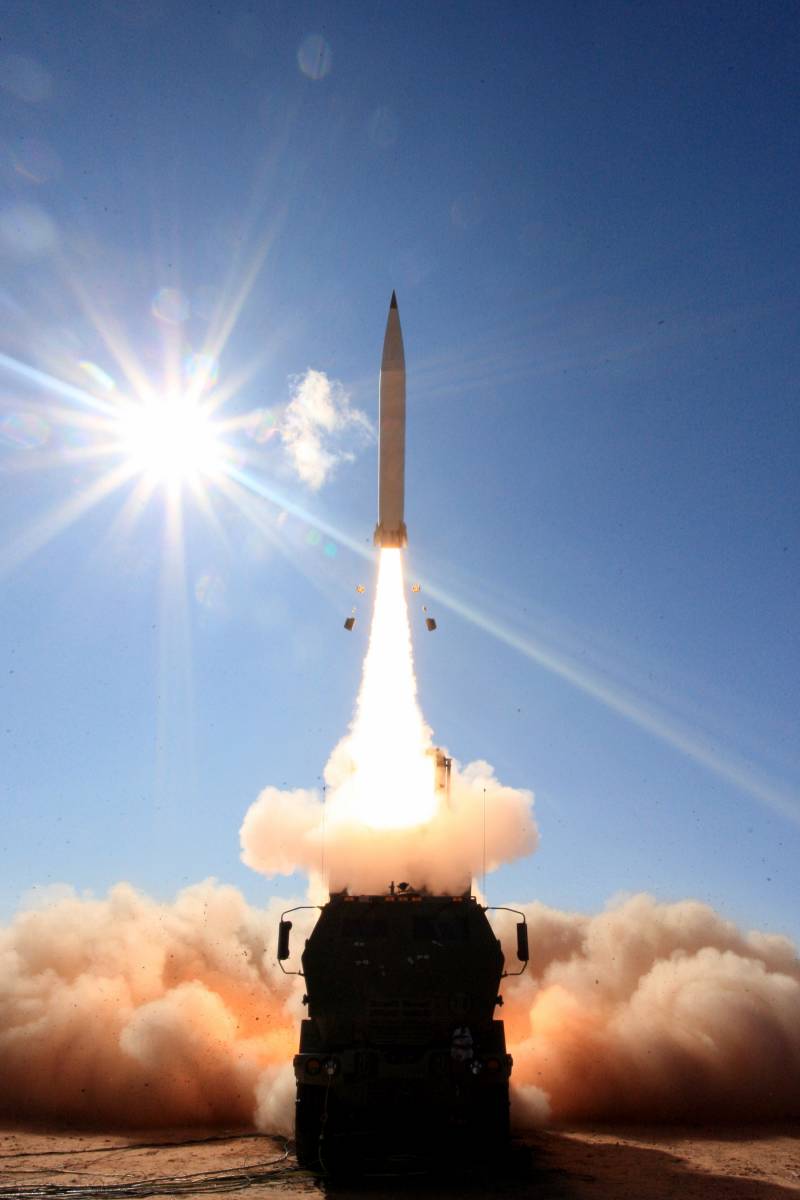
Also at the end of the decade - the exact dates have not yet been determined - the PrSM Inc 3 missile under development will go to the troops. As part of this project, several types of combat units with increased power parameters will be developed. In terms of controls and guidance Inc 3 will repeat previous projects. Firing range - like PrSM Inc 2.
Fundamental restructuring
Recently, work has begun on the next version of the complex, designated as PrSM Inc 4 or Long Range Maneuverable Fires (LRMF). As part of this project, the missile flight range is going to be increased to 1000 km or more. It is assumed that such a problem cannot be solved by simply updating the first versions of the rocket.
According to Breaking Defense, the Pentagon recently launched the development of PrSM Inc 4 and issued corresponding orders. For example, Lockheed Martin was awarded a $33 million contract to design a new rocket, which is a further development of existing products. It follows from the published data that the Pentagon is not confident in the possibility of successfully solving such problems, and therefore a parallel project is being launched.
As part of the $100 million contract, Raytheon and Northrop Grumman will have to build an alternative version of the LRMF rocket from scratch. To achieve the specified range characteristics in this project, an air-jet engine is used.
Regardless of the type of propulsion system and other innovations, PrSM Inc 4 / LRMF missiles must be compatible with existing launchers, be able to attack stationary and moving targets, etc. The required parameters of the warhead are not specified. Perhaps, developments on previous modifications of PrSM will be used.
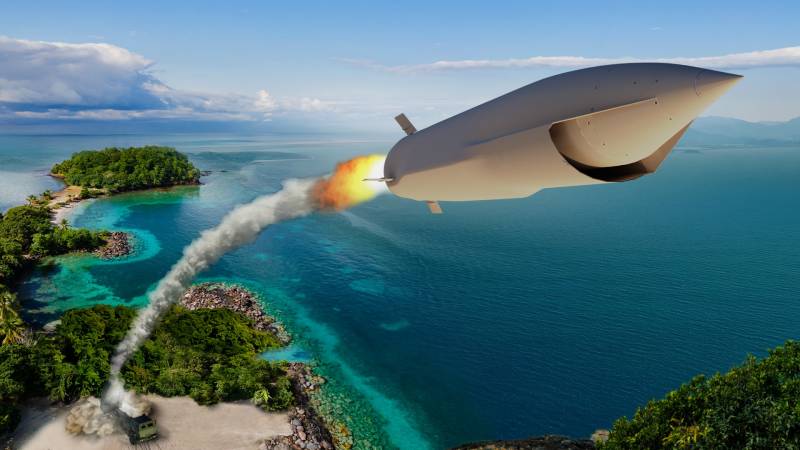
Concept rocket PrSM Inc 4 with ramjet engine
The Pentagon, its contractors and specialized media cannot yet give an exact timeline for the development of a new modification of the PrSM missile, incl. in a completely new look. At the same time, it is not excluded that the Inc 4 complex may appear earlier than the upgraded Inc 3 rocket. Everything depends on the progress of work on other projects and on the relevant plans of the customer.
Pending rearmament
Thus, the American industry, represented by Lockheed Martin and its subcontractors, continues to develop the new PrSM missile system and regularly reports on new successes and the following goals. At the moment, the main task is to launch mass production and start deliveries of missiles to the troops. By the end of the year, the first rocket artillery unit, transferred to the new weapon, should reach initial operational readiness.
Without wasting time, the Pentagon and contractors are developing the following modifications of PrSM with some differences. Plans have already been drawn up for an improved missile with increased range and seeker. Testing of key components has begun, but the project is not yet a priority, and serial products will go to the troops only in a few years.
Ways for the further development of the missile system and the program as a whole have not yet been determined. It is proposed to develop new warheads, improving the power and flexibility of the missile, as well as once again increase its range - while maintaining the overall appearance or through radical processing. However, such complexes will appear only by the end of the decade or later.
With the help of a new family of ballistic missiles, the Pentagon plans to replace the old ATACMS line and improve the basic capabilities of the missile forces. The first step in this direction has already been taken, and soon a missile with a range of 500 km or more will enter service. Whether it will be possible to cope with further tasks and ensure the defeat of stationary or moving targets at ranges of the order of 1000 km - time will tell.
Information